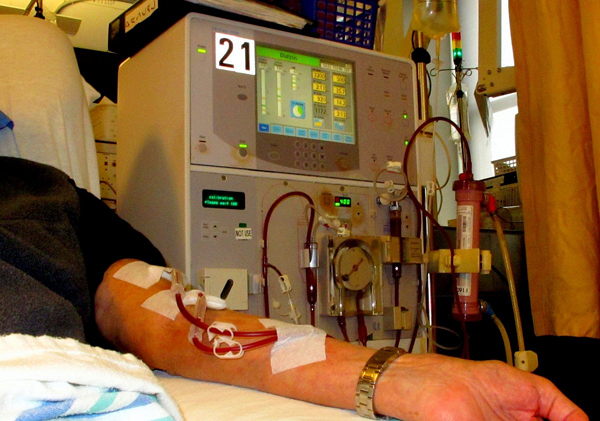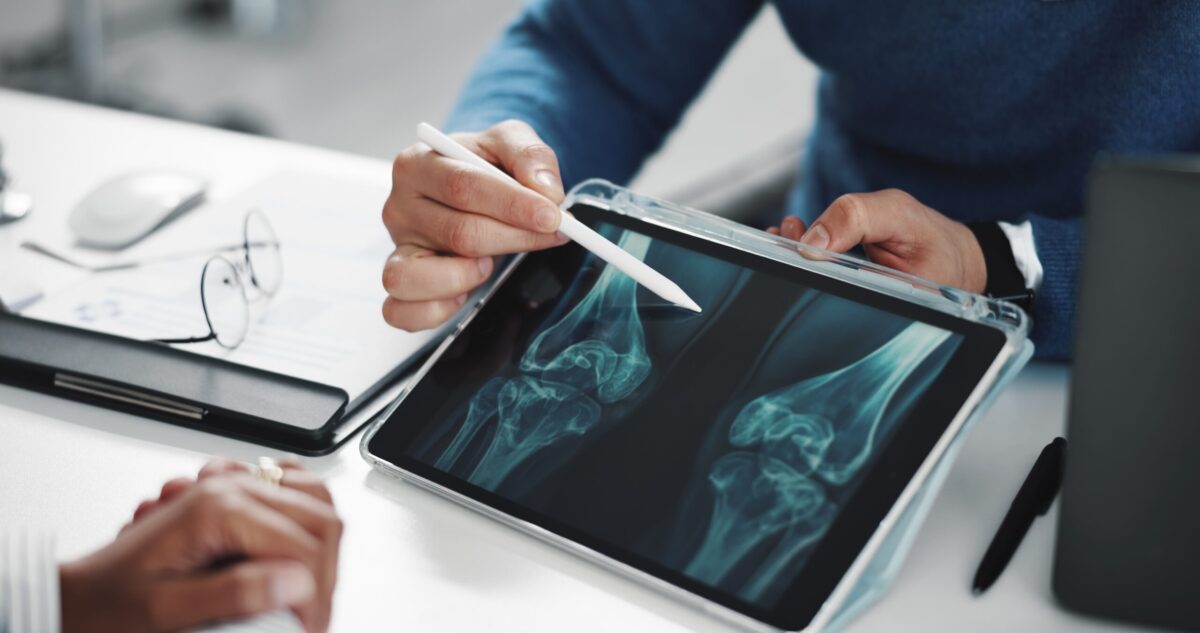A team of researchers at Vanderbilt University Medical Center in Nashville, Tennessee, are developing a microchip-based artificial kidney which could give new hope to dialysis patients waiting for a donor organ. The device consists of a series of porous microchips inside a casing of lab-grown human kidney cells.
The kidneys are responsible for filtering the blood and eliminating soluble waste from the body. These relatively small organs work around the clock to filter approximately 150 liters of blood and generate between one and two liters of urine.
While patients with dysfunctional kidneys are placed on a donor waiting list, the supply of compatible kidneys fails to meet the ever-increasing demand. There are more than 100,000 patients in the US waiting for a kidney transplant, according the US Organ Procurement and Transplantation Network; in 2015, only 17,108 of them received one.
William H. Fissell IV, a nephrology specialist and professor of medicine at Vanderbilt University Medical Center, hopes that the artificial kidney could help more patients on dialysis that the current transplant system is unable to help. “We are creating a bio-hybrid device that can mimic a kidney to remove enough waste products, salt and water to keep a patient off dialysis,” said Fissell.
About 15 microchips – which employ the same silicon nanotechnology present in computers – are stacked on top of each other to form a scaffold for the artificial kidney. These porous microchips allow the cultured human kidney cells to adhere to the scaffold, and act to perform the same functions as the endogenous organ.
Another benefit of the artificial kidney is that it does not require an outside power source in order to be function; blood is pumped through the microchip filters by the beating of patient’s heart. This design does however, makes it necessary to ensure the fluid dynamics governing the flow of blood through the device need to be optimized, to prevent the risk of clotting.
Dr. Amanda Buck, a biomedical engineer at Vanderbilt University Medical Center, has the responsibility of researching the fluid dynamics of blood through the device. Buck uses computer models of the device to determine which shapes allow the blood to flow most smoothly. Once the computer simulation have been performed, the team used 3-D printing technology to make prototypes of the artificial kidney structure.
According to Fissell, because the device will be manufactured using the patient’s own cells, the artificial kidney is unlikely to incite an immune response, leading to organ rejection. “The issue is not one of immune compliance, of matching, like it is with an organ transplant,” said Fissell.
Fissell and his colleagues plan to conduct pilot clinical trials of the artificial kidney by the end of next year. A number of dialysis patients have already expressed their interest in taking part in the studies, according to Fissell.












Join or login to leave a comment
JOIN LOGIN